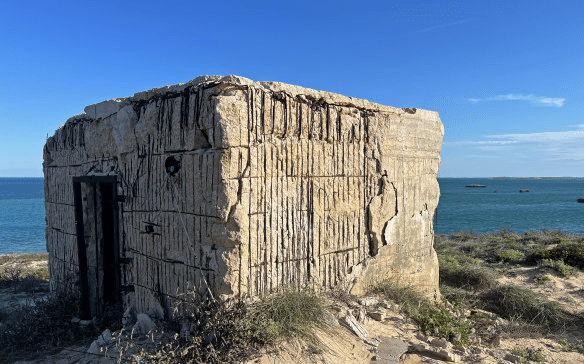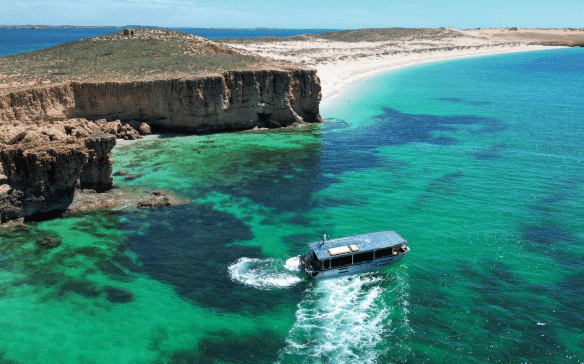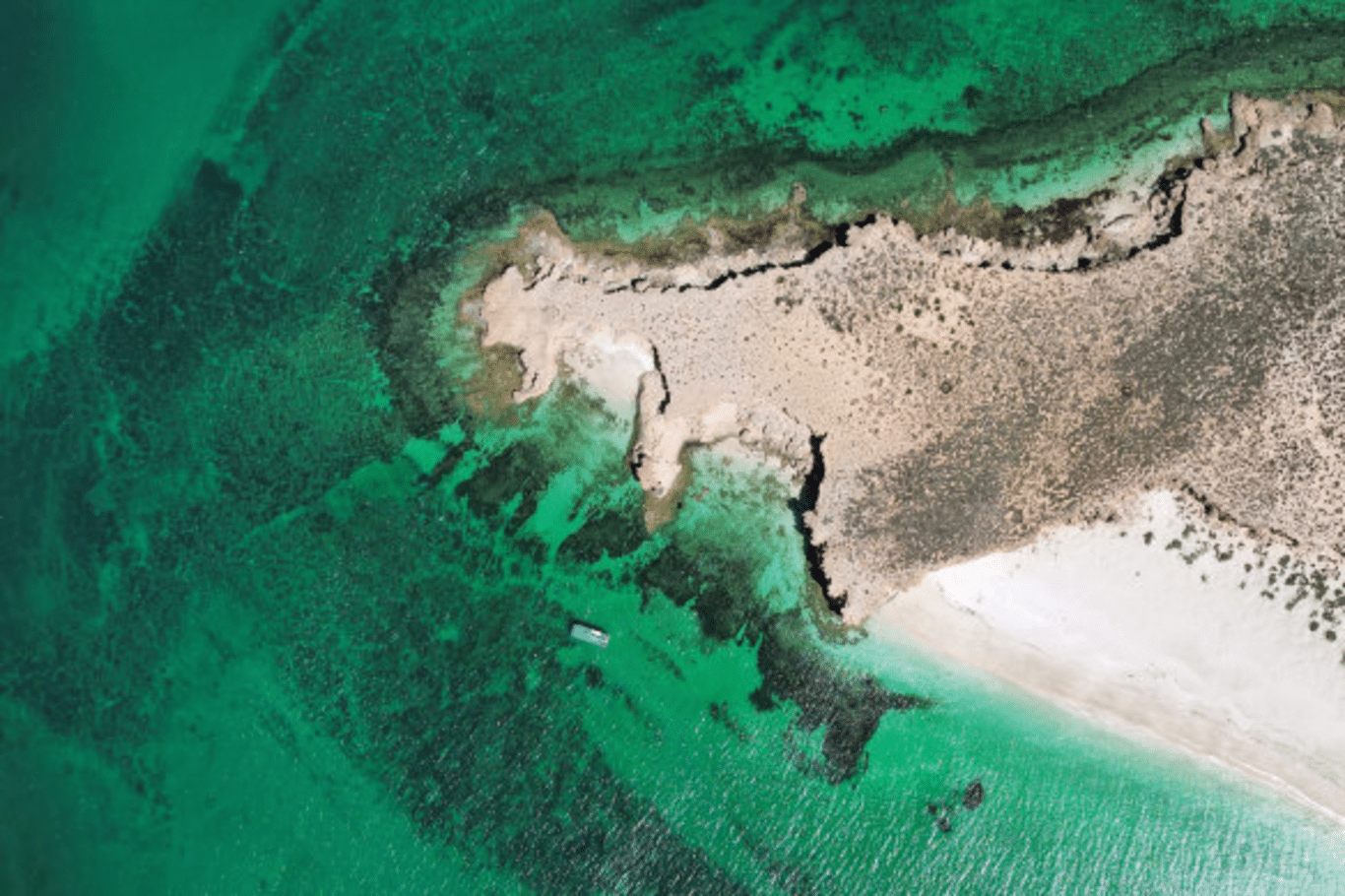Explore the Montebello Islands: Australia’s Atomic Bomb Test Site
Would you dare to visit a remote island with a dark and secretive past?
Uncover the dark past of the Montebello Islands, a secret test site for atomic bombs in the 1950s. Discover how you can now visit this curious corner of Australia.

In the 1950s, the British government conducted three atomic bomb tests on the Montebello Islands, unbeknownst to the Australian public. The largest bomb tested was five times more powerful than the one that destroyed Nagasaki. For 70 years, the islands remained shrouded in secrecy, with only understated signs warning of elevated radiation levels to deter visitors.
Today, those with a sense of adventure can explore the Montebello Islands, although reaching them is no easy feat. The islands’ remote location was precisely what attracted the British bomb testers. As you gaze across the horizon from a cruise ship, the islands appear like crumbly pie crusts. One of the islands, Alpha Island, is low and covered in grey-green shrubbery. Stingrays gracefully glide through the blue and purple waters below.
However, the picturesque exterior hides a somber truth. As visitors step ashore, they are greeted by a stark wooden board warning of the island’s dark past and the potential dangers of radiation. The sign urges caution, advising against touching or removing objects that may be radioactive. It’s a chilling reminder of the lasting impact of the bomb tests.
Despite the warnings, the Montebello Islands hold a certain allure for those seeking adventure. An expedition cruise along the Coral Coast and up to Broome offers the opportunity to visit these intriguing islands. This journey is a blend of pristine reefs, captivating history, and the remnants of a bygone era dominated by Cold War paranoia.
The British government conducted the atomic tests on Alpha and Trimouille islands through a secret agreement with the Australian prime minister. These tests propelled Britain to become the world’s third nuclear power, following the United States and the USSR. However, the British failed to share all their data or uphold their promise regarding the size of the blasts. It was later revealed that the last Montebello explosion in 1956 was almost double the officially reported size. The fallout from these tests contaminated large areas of northern Australia, with radiation even detected in New Zealand.
As you explore the Montebello Islands, you’ll come across remnants of the bomb-testing buildings and an obelisk marking ground zero on Alpha Island. The crater surrounding the obelisk is now adorned with creeping vines and vibrant purple flowers. Rusty rails lead to a concrete platform where the observation pillbox once stood, just a few hundred meters from the blast site. The heat beats down as you return to the bay, with its gritty seashell-laden beach and enticingly blue water. However, with the knowledge of the island’s dark past, you choose to hoist anchor and sail away from this enigmatic place.

- The Montebello Islands served as a secret test site for British atomic bombs in the 1950s
- Although remote, the islands can be visited on a cruise
- The Montebellos offer a mix of adventure, history, and natural beauty
- The atomic bomb tests contaminated the area and had far-reaching effects
The Montebello Islands offer a unique blend of adventure, history, and natural beauty. Despite their remote location and haunting past, these islands beckon those with a sense of curiosity. The impact of the bomb tests is still felt today, reminding us of the far-reaching consequences of nuclear weapons. Explore the Montebello Islands on a cruise and witness a slice of Australia’s intriguing history.
